V-ray questions
-
I've been using vray for 3DS max for about 4 years now, I've been using VfSU for about 2 months and I'm having some issues with graininess. I haven't had this issue with max, so I'm wondering if you guys can help me.
I'm looking to get a metal material like a aluminum or steel with a powder coat finish. So something that is reflective, but not like a mirror. I'm modeling mullions and garage doors using this material. Here are some pics of the material in context:
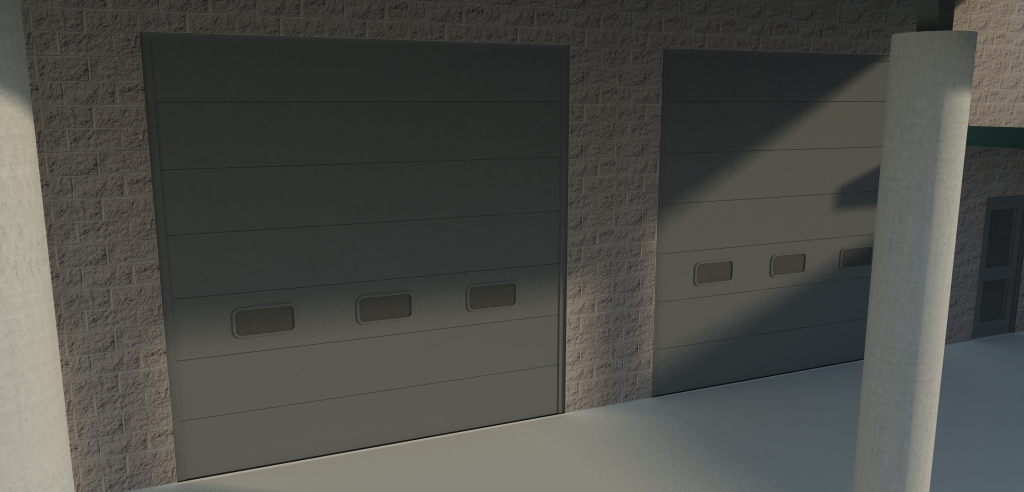
I know there are a lot of settings that effect the materials and how they render out. I've done a bunch of tests using different environment settings and I've tried several material adjustments. But if any body out there would so kind or interested in helping me out, I set up a test file using the same materials I'm using in my scene.
I want to say it's either a shadow related setting in the environment rollouts, or I'm just plain screwing up the material for some reason, either way I could use some help. Thanks!

-
perhaps something like this (using vray 1.5)
It's a bit strange coz, SU can't update the material as seen on my render image, anyway here's the file.
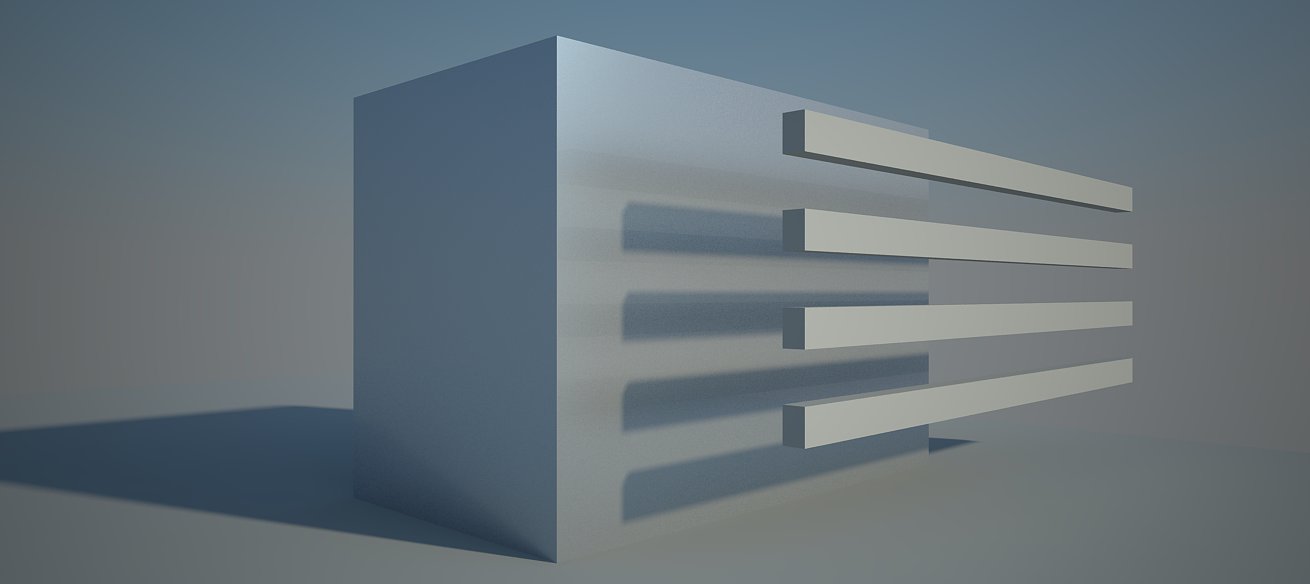
-
Hey thanks for the test. Did you adjust the lighting/shadow settings?
The client was happy with the images that I got out. It was not the most design rich project I've worked on, but a great exercise to try out the new vray. There were definitely ALOT of growing pains with the new release, but I have to admit, I'm addicted to the ease of alpha transparency support.
Take a look, feedback is more than welcome. I could not have done it without the help of you guys in the forum.
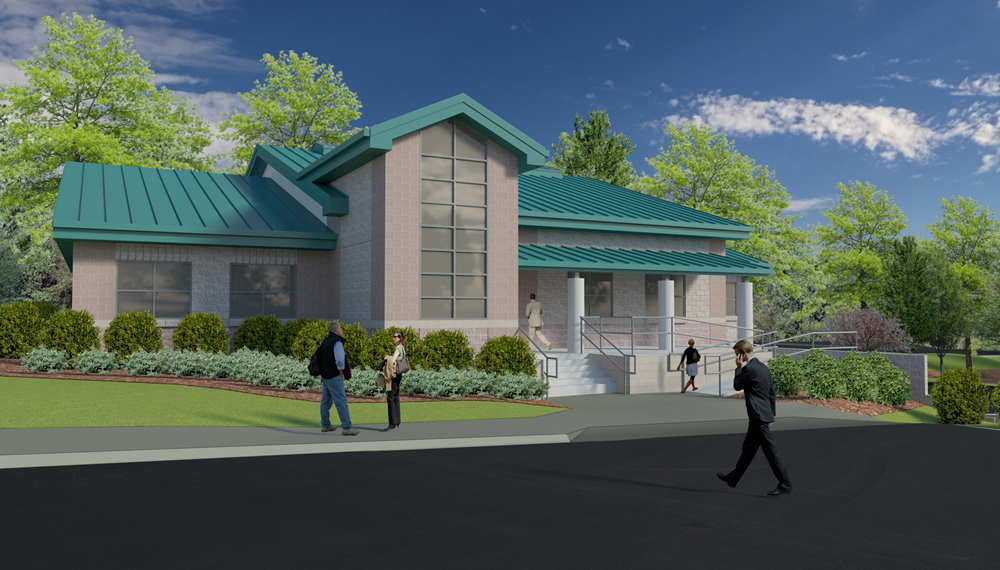
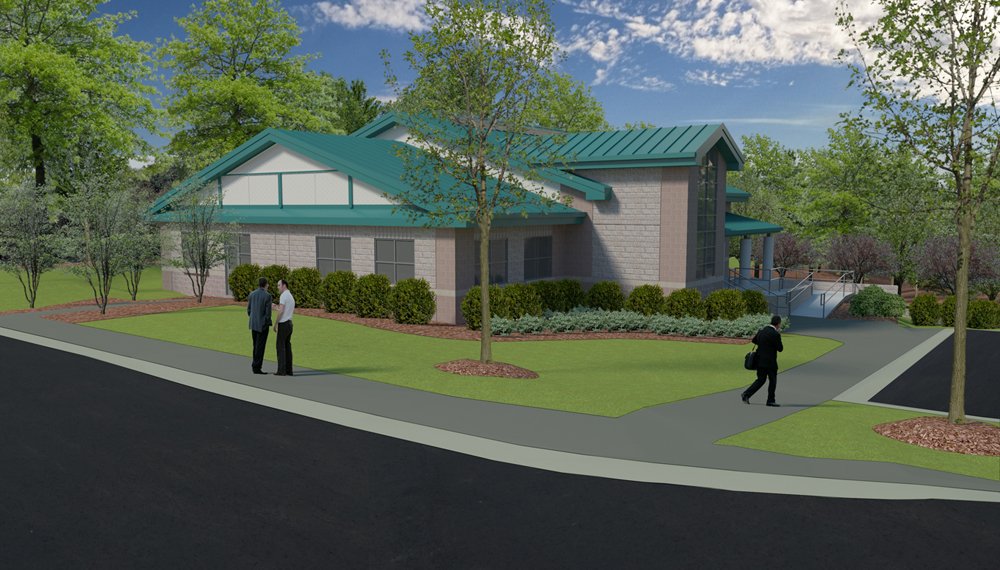
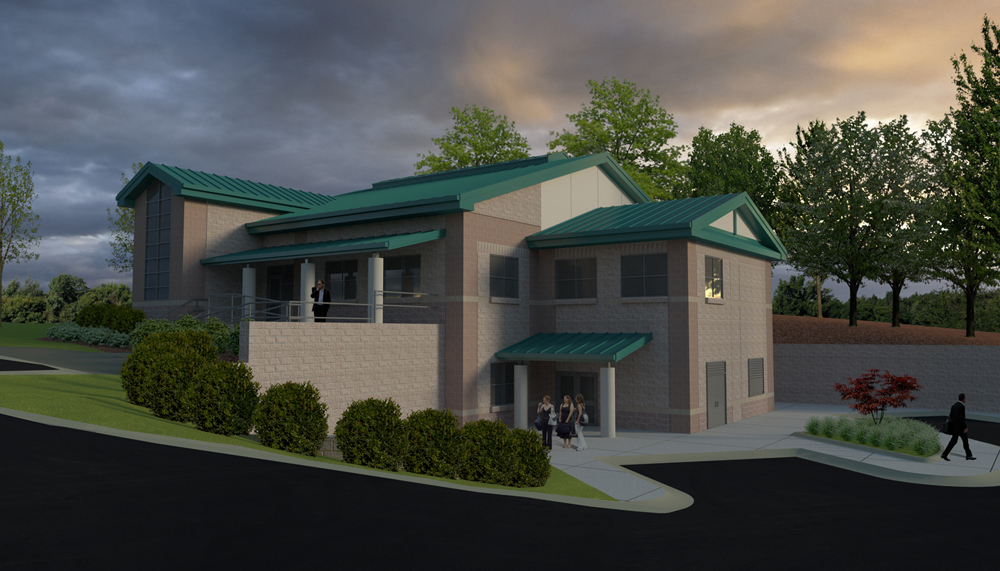
-
you're welcome wahoo, yes i thought i was change a bit about physical camera option, hopefully it recorded on my file, coz sometimes vray for su forgot about the setting when we move the file to other computer

bytw, is the image you posted originally from the vray su render? well, i think, it will be better if you play a bit on PS (or image editing software) to tweak for brightness and contrast of the image.
nice project bro..
regards,
vidy -
@thomthom said:
A slight variation:
Bumpmap: Blend
- Texture A: Noise - Size: 50
- Texture B: Bulge
Blend Ratio: 0.25 (75% Texture A)This just add the slight bulging which you often see in windows.
What layer are you placing this bumpmap to? I've looked through this thread and I haven't been able to find it exactly. If there is another thread which explains it I'll gladly go there.
-
Bump map isn't a layer of its own - but a map applied to the material. Look at the bottom of the material properties in the VfSU editor. You have a bunch of checkboxes and map slots.
-
I need to set the UVW Type to UVWGenPlanarWorld for both Texture A and Texture B?
For Texture A use the default Noise settings? There are so many I'm a little perplexed by them.
Use the default Bulge settings in Texture B?
-
I got it to work! Thanks THomThom - your posts have been a big help and I've gotten closer to mastering this skill.
I'm still left trying to understand all the many parameters available in the materials panels. The TexNoise, TexBlend etc have so many posible variables and the operator manuals I've read don't address them all. (things like amplitude, frequency, persistence, inflection, bias, etc)
Can anyone recommend resources that help to explain the vray materials and texture panels parameters fully?
-
I'm a wee bit confused to all them myself to be honest...
 Essentially with the latest release where we have all these new procedural maps.
Essentially with the latest release where we have all these new procedural maps. -
UhOh - if you don't know these things it seems that much more daunting!
-
I've been meaning to do some experiments with them. But never got around.
So if you look at them and work out what some of these parameters do - them please post back to the forum. I'd appreciate it. -
@thomthom said:
@solo said:
below is an image of a render in progress, it's a studio setup that has blotchy artifacts in the shadows, how does one overcome it?
In the DMC Sampler section of the Options. Is the adaptive Amount set to 0.85?
You are likely to get splotches if this is set to 1.Where is the DMC sampler, I have QMC sampler. Is this the same?
N
-
@unknownuser said:
Where is the DMC sampler, I have QMC sampler. Is this the same?
Then you have a very old version. You need to update your version to the latest one.
http://software.asgvis.com/index.php?option=com_content&view=article&id=253&Itemid=53
-
awesome post, thanks for the help! upping the subdivisions fixed the issue for me

Advertisement







